Francis Bernardeau, Christophe Grojean, Jean Dalibard Ph.D.044453007X, 9780444530073, 9780080550602
Table of contents :
Front cover……Page 1
Particle Physics and Cosmology: The Fabric of Spacetime……Page 4
Copyright page……Page 5
Previous sessions……Page 7
Organizers……Page 10
Lecturers……Page 12
Participants……Page 14
Preface……Page 18
Contents……Page 24
Part 1. Long Lectures……Page 34
Course 1. Gravitational waves……Page 36
1. Introduction……Page 40
2. Linearization of Einstein equations……Page 41
3. Interaction of gravitational waves with point particles……Page 46
4. Effective stress-energy tensor of gravitational waves……Page 51
5. Generation of gravitational waves……Page 54
6. Application to binary systems……Page 58
7. Other astrophysical sources……Page 69
8. Cosmological sources……Page 72
References……Page 81
Course 2. Baryogenesis……Page 86
1. Observational evidence for the BAU……Page 90
2. Sakharov’s conditions for baryogenesis……Page 93
3. Example: GUT baryogenesis……Page 102
4. B and CP violation in the standard model……Page 109
5. Electroweak phase transition and electroweak baryogenesis……Page 115
6. A model of electroweak baryogenesis: 2HDM……Page 128
7. EWBG in the MSSM……Page 137
8. Other mechanisms; Leptogenesis……Page 141
References……Page 145
Course 3. String cosmology……Page 150
1. Dark energy……Page 154
2. Inflation……Page 163
References……Page 192
Course 4. Physics of the early universe and inflation……Page 198
2. Concise history of the early universe……Page 202
3. Inflation……Page 214
4. Global geometry……Page 227
5. Generation of fluctuations from inflation……Page 244
6. Preheating after inflation……Page 252
References……Page 263
Course 5. Cosmic microwave background anisotropies up to second order……Page 266
2. Introduction……Page 270
3. Perturbing gravity……Page 273
4. The collisionless Boltzmann equation for photons……Page 275
5. Collision term……Page 279
6. The Brightness equation……Page 289
7. The Boltzmann equation for baryons and cold dark matter……Page 298
8. Linear solution of the Boltzmann equations……Page 307
9. Conclusions……Page 311
Appendix A. Einstein’s equations……Page 312
Appendix B. First-order solutions of Einstein’s equations in various eras……Page 316
References……Page 317
Course 6. Physics beyond the standard model and dark matter……Page 320
1. Introduction……Page 324
2. Why beyond the standard model……Page 328
3. Examples of physics beyond the standard model……Page 335
4. Evidence for dark matter……Page 343
5. What dark matter is not……Page 345
6. WIMP dark matter……Page 349
7. Dark horse candidates……Page 361
8. Cosmic coincidence……Page 365
Appendix A. Gravitational lensing……Page 367
References……Page 376
Part 2. Short Topical Lectures……Page 382
Course 7. Effective field theories and gravitational radiation……Page 384
1. Lecture I……Page 388
2. Lecture II……Page 403
3. Conclusions……Page 425
Appendix A. Redundant operators……Page 426
References……Page 428
Course 8. Holographic cosmology……Page 430
2. Framework……Page 434
3. Anti-de Sitter cosmologies……Page 436
4. Dual field theory evolution……Page 438
5. Discussion……Page 442
References……Page 443
Course 9. Neutrino physics and cosmology……Page 444
2. The cosmic neutrino background……Page 448
3. Neutrinos and Primordial Nucleosynthesis……Page 452
4. Extra radiation and the effective number of neutrinos……Page 453
5. Massive neutrinos……Page 454
6. Effects of neutrino masses on cosmology……Page 457
7. Current bounds on neutrino masses……Page 463
8. Future sensitivities on neutrino masses from cosmology……Page 467
9. Conclusions……Page 468
References……Page 469
Course 10. Cosmic microwave background: observational status……Page 470
1. Introduction……Page 474
2. CMB temperature anisotropies: the “early” days……Page 475
3. WMAP first release……Page 476
4. Polarization of the CMB – discovery and first measurements……Page 478
5. WMAP three year release……Page 480
References……Page 483
Course 11. Structure formation with numerical simulations……Page 486
2. The hierarchical scenario……Page 490
3. Computational cosmology……Page 491
4. Internal structure of dark matter haloes……Page 493
5. The halo model……Page 496
6. Galaxy formation physics……Page 497
7. The Mare Nostrum simulation……Page 499
References……Page 502
Course 12. Giving mass to the graviton……Page 504
1. Introduction……Page 508
2. Theoretical obstructions to massive gravity……Page 510
3. Constructing the massive gravity models……Page 515
4. Linear perturbations……Page 519
5. Some phenomenological implications……Page 522
6. Summary and outlook……Page 529
References……Page 531
Part 3. Working Group Reports……Page 534
1. Introduction……Page 536
2. The dark matter problem……Page 537
3. Dark matter candidates……Page 538
4. Small scale structure……Page 539
5. Detectability and future work……Page 540
References……Page 542
2. Scalar gravity……Page 544
3. NRGR……Page 545
4. Einstein-Infeld-Hoffmann……Page 546
5. Discussion – Conclusions……Page 548
1. Introduction……Page 550
2. Trinification in a nutshell……Page 551
3. A Dark Matter candidate……Page 554
4. Conclusion and discussion……Page 556
References……Page 557
1. Introduction……Page 558
2. Standard approach……Page 559
3. Trans-Planckian behavior: non-linear dispersion relation……Page 560
References……Page 562
1. Introduction……Page 564
3. A simple model of preheating……Page 565
4. Gravitational fluctuations……Page 567
References……Page 568
1. Braneworld cosmology……Page 570
2. Brane inflation and the Electroweak phase transition……Page 571
3. Gravitons……Page 572
References……Page 574
Part 4. Individual Seminars……Page 576
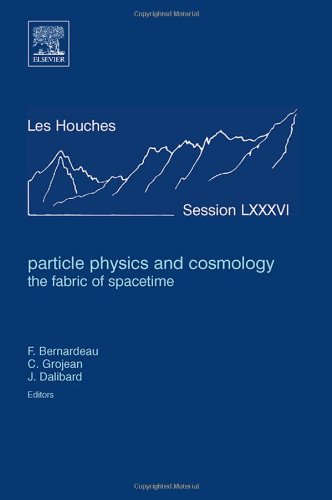
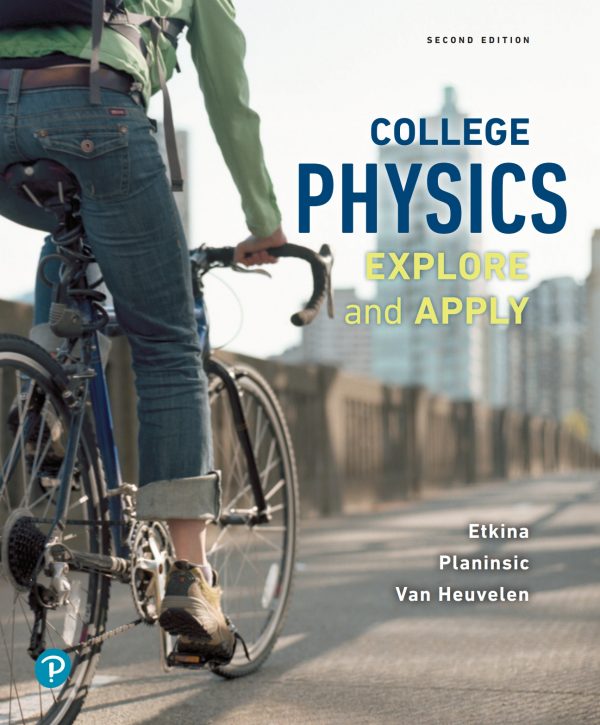
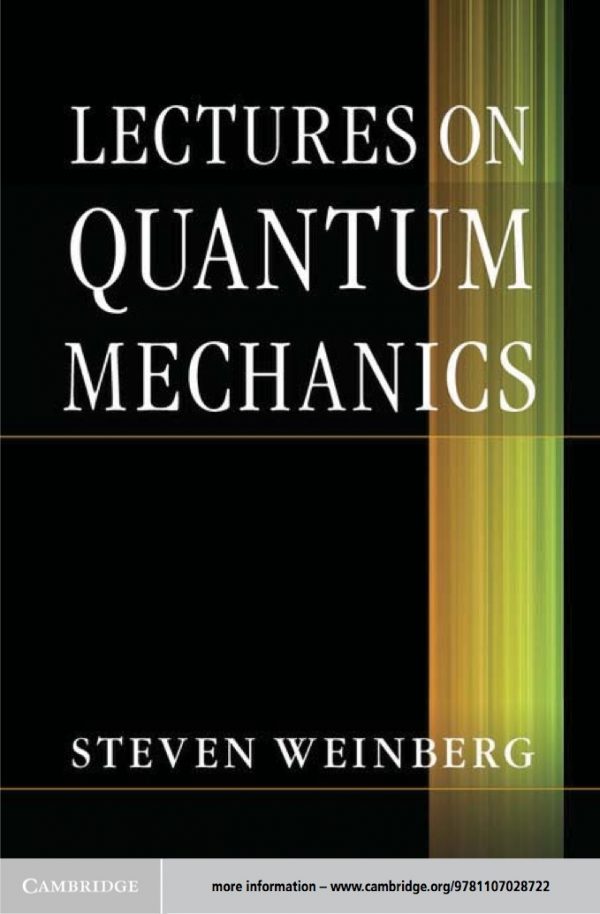
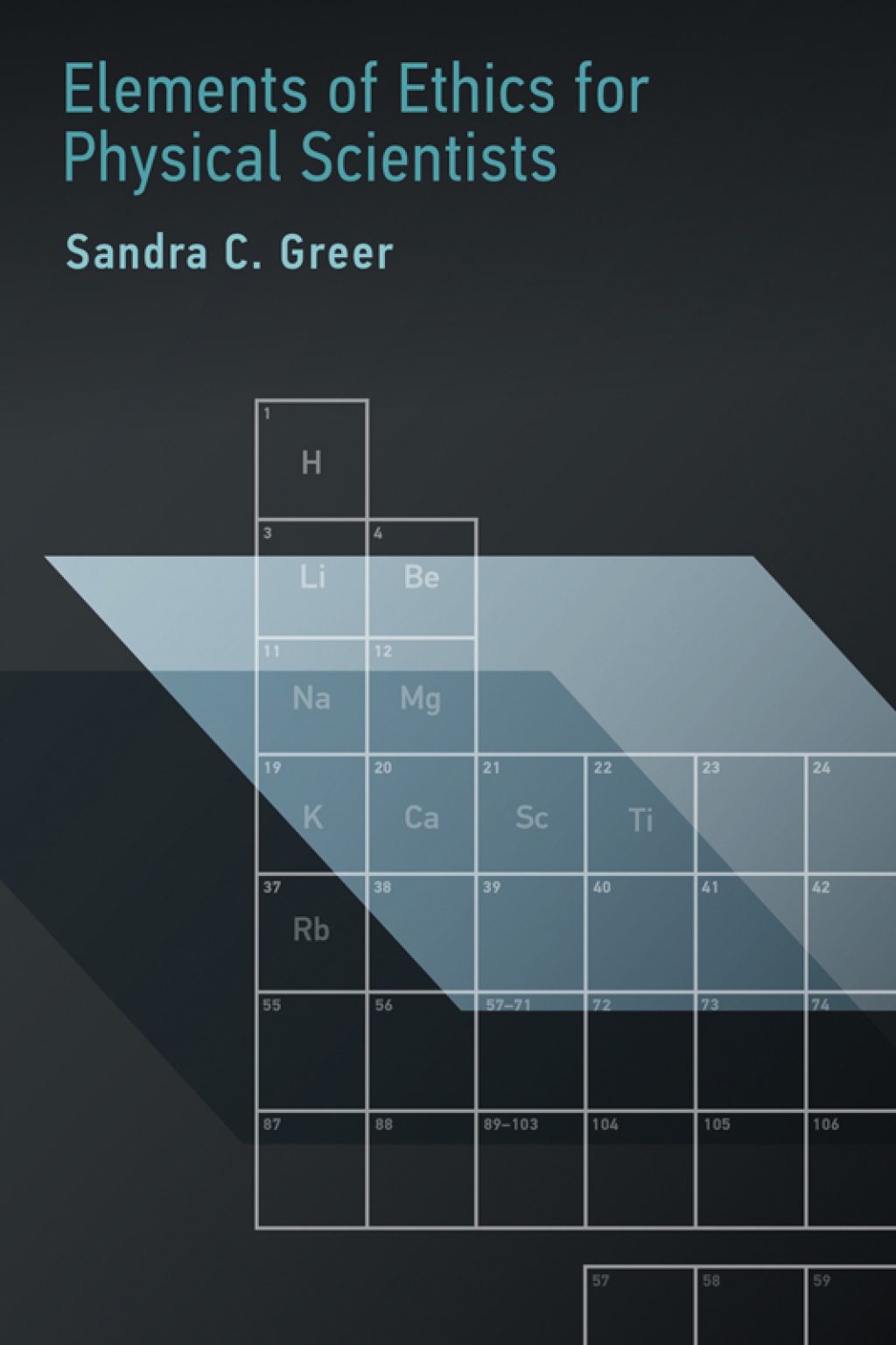
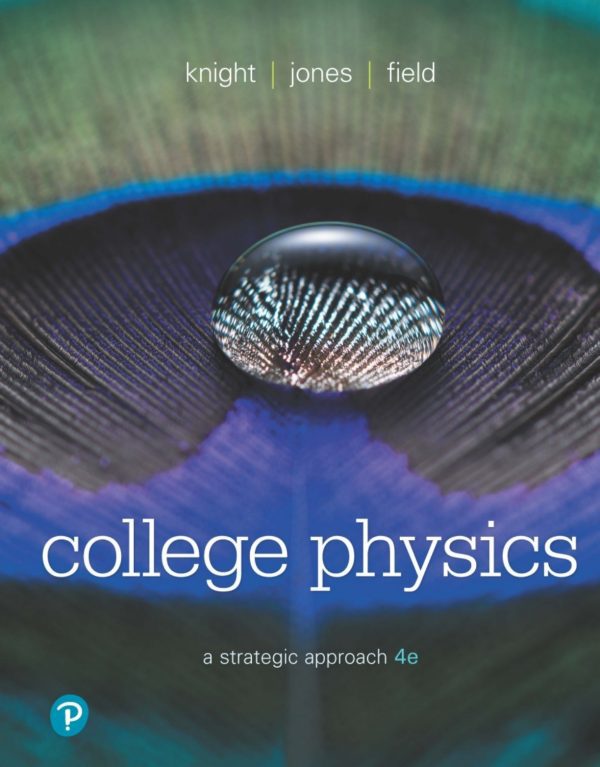
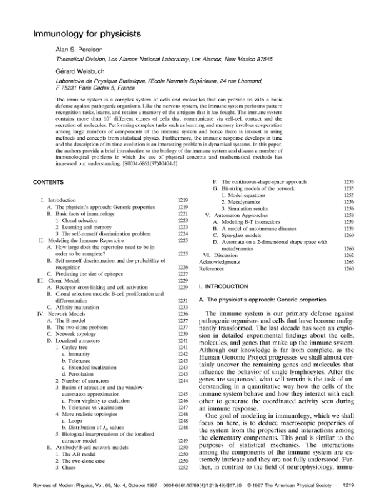
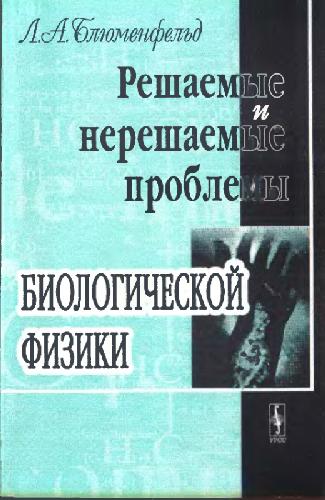
Reviews
There are no reviews yet.